Sony A7RII – AMAZON LINK
Canon 5Ds – AMAZON LINK
Brand loyalty runs in our blood. Nike vs. Reebok, Pepsi vs. Coke, or Chevy vs. Ford drum up much debate among followers of each company. The same is true in the tech and creative world. For many years, the debate has mostly been Canon vs. Nikon. In recent years though, a new company has emerged, and recently even surpassed Nikon’s sales of full frame cameras in the U.S. interchangeable lens camera market. That was major news in the industry, and rock solid proof that Sony is here to stay. While many professionals seem to be very weary of using Sony, it does seem like the prosumer and serious hobbyists are what are driving much of those numbers.
I’ll admit that I was hesitant to see Sony as a serious contender in the full frame camera game. Their original A7 was cool, but was simply too slow to use in real life situations. Not until their A7RII, A7SII, and A6300/A6500 was I really willing to take them seriously. I purchased the A6300 as a replacement to my Fuji X100S, and found that its autofocus was vastly superior, and image quality was also fantastic.
I also had recently purchased the Canon 5Ds. I had been extremely curious about large megapixel cameras. My other Canon body at the time was a 5D Mark III. That camera was fantastic in low light, but suffered a little when cropping into images. I wanted the resolution bump, and the newly released 5Ds and 5DsR were looking enticing. I purchased the 5Ds in favor of the AA filter canceling 5DsR. I had never seen image quality so beautiful. My L glass had also never looked so good. I loved the form factor, build, dual card slots, autofocus. I could go on and on. However, the speed of the camera was lacking. Reviewing images took forever. I told myself that I could wait, but it kept becoming more of an annoyance over time. What’s more was that I’m shooting more and more videos for our YouTube channel, and wanted another 4K camera. I really believe that we’re already to the point of 4K becoming standard, and I wanted that feature to be part of every camera I owned.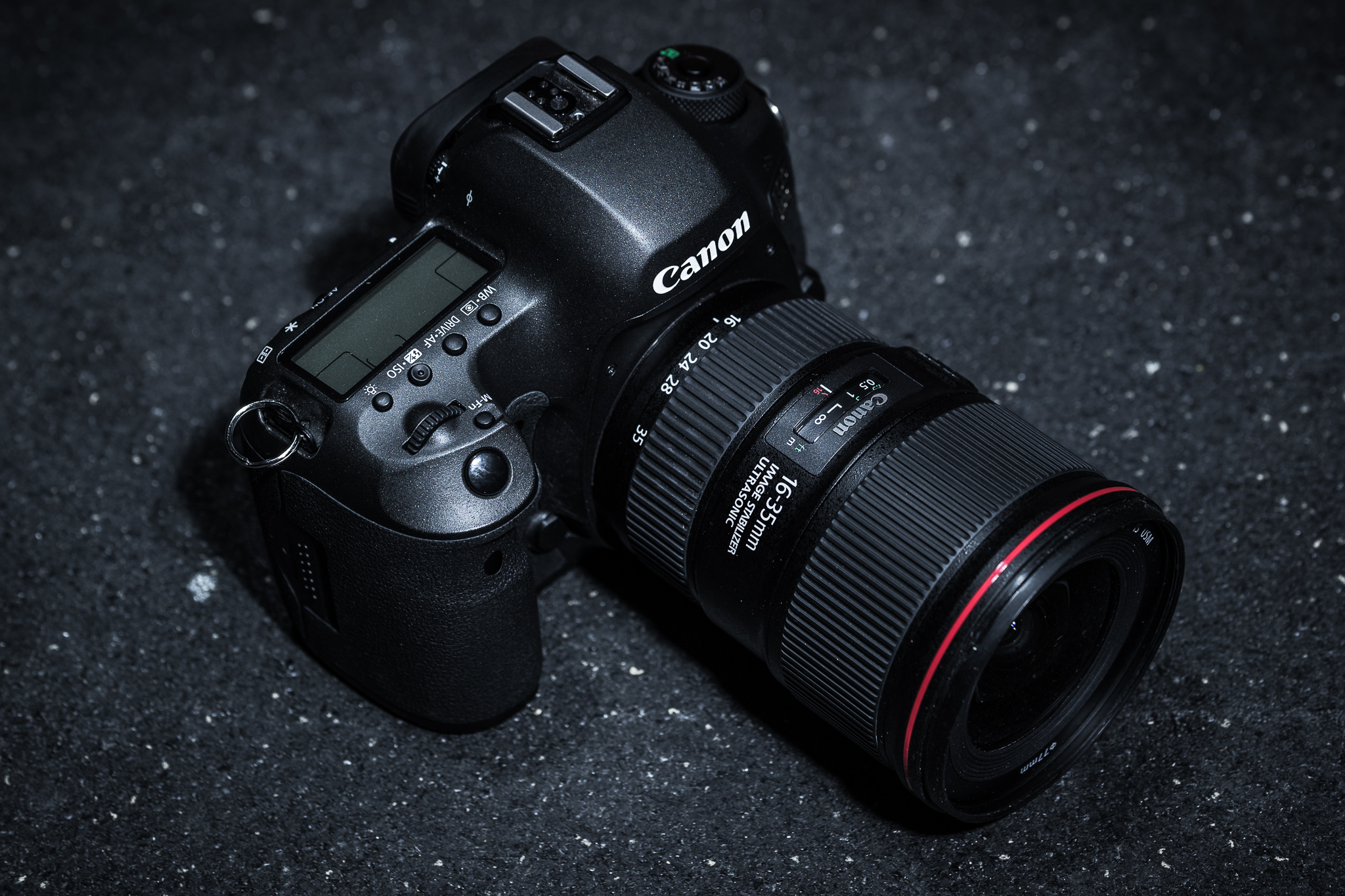
While there are no perfect cameras, a valuable lesson to learn as a creative is to recognize what you need and want, and to just go down that path. I needed better video features, but didn’t want to give up a high megapixel photo camera at the same time. By this time I had sold the 5D Mark III in favor of the 1DX Mark II, so a blazing fast stills camera was on lock in the Canon department.
Here is where the A7RII entered the picture. I know what you’re thinking, that they are two separate cameras. Let me go through my thought process with you.
Seeming advantages of the Canon 5Ds
The 5Ds has a higher megapixel count.
Well, the A7RII has only 8mp less, but without an AA filter. In my opinion, the images are very similar in terms of image quality because of that fact.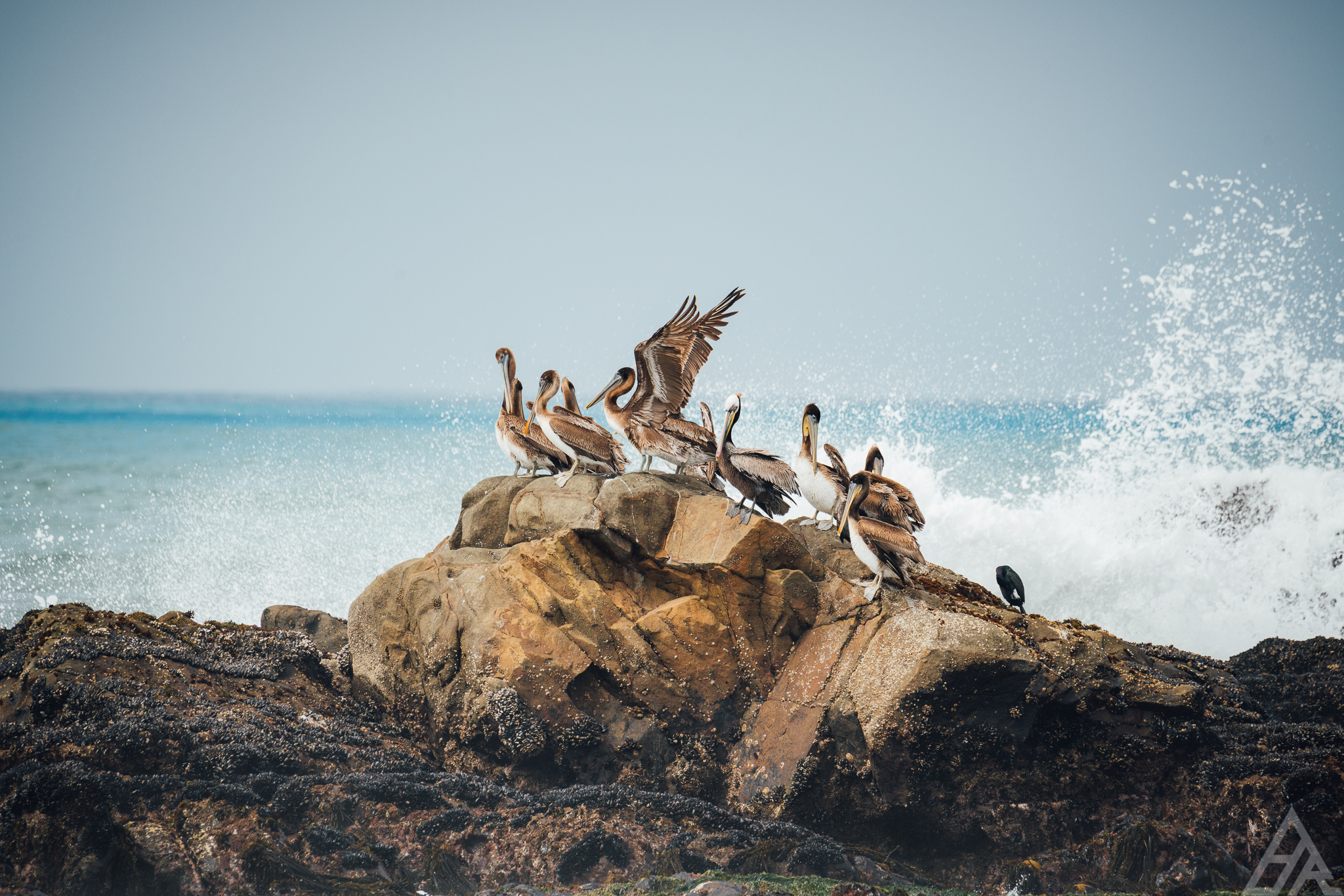
A7RII adapted with Tamron SP 150-600mm G2
The 5Ds has a better autofocusing system for stills.
Yes it does, but I used the 5Ds mainly for portraiture. The A7RII has eye autofocus, locking onto the nearest eye when using native lenses. This feature is a game changer, and beats even the fantastic autofocus system of the 5Ds. Most subjects are slow moving, and the A7RII easily keeps up with that type of shooting. For fast moving subjects, the 5Ds does win out though.
The beautiful colors of the 5Ds.
The 5Ds has dual card slots.
Valid point, and dual card slots would be preferable in the A7RII. I’ve never had a card fail though (knock on wood), and have not heard many horror stories about the A7RII’s card failing. This feature, however, is definitely a plus for the 5Ds.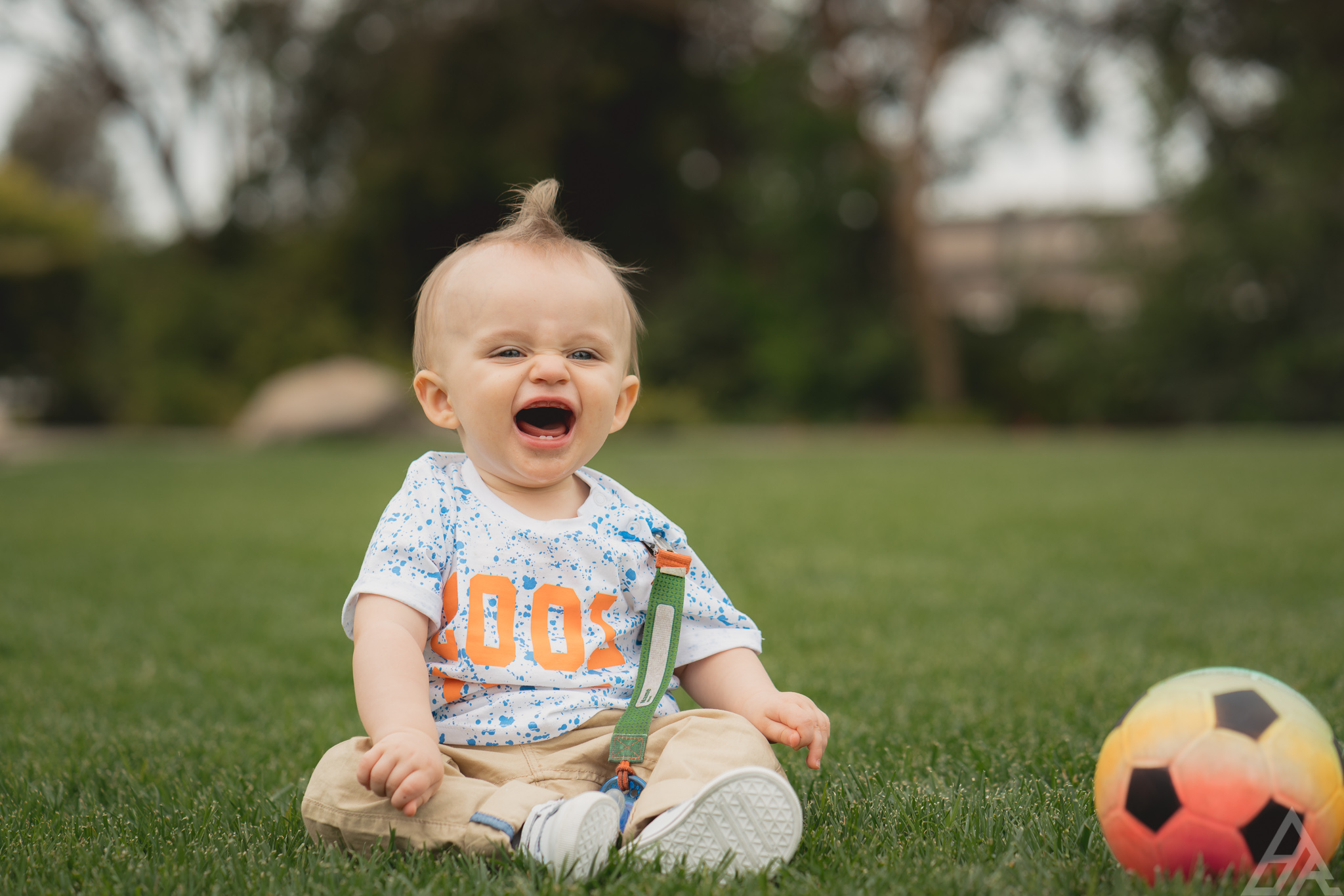
Sony’s eye-autofocus will change your portraiture.
The Canon menu system is way better.
I have heard this from so many people, and really worried about it. Let me tell you something frankly though. If you can’t learn something new, especially something as small as a menu system, then you should work on those learning skills. It’s not a big deal. Learn it and move on.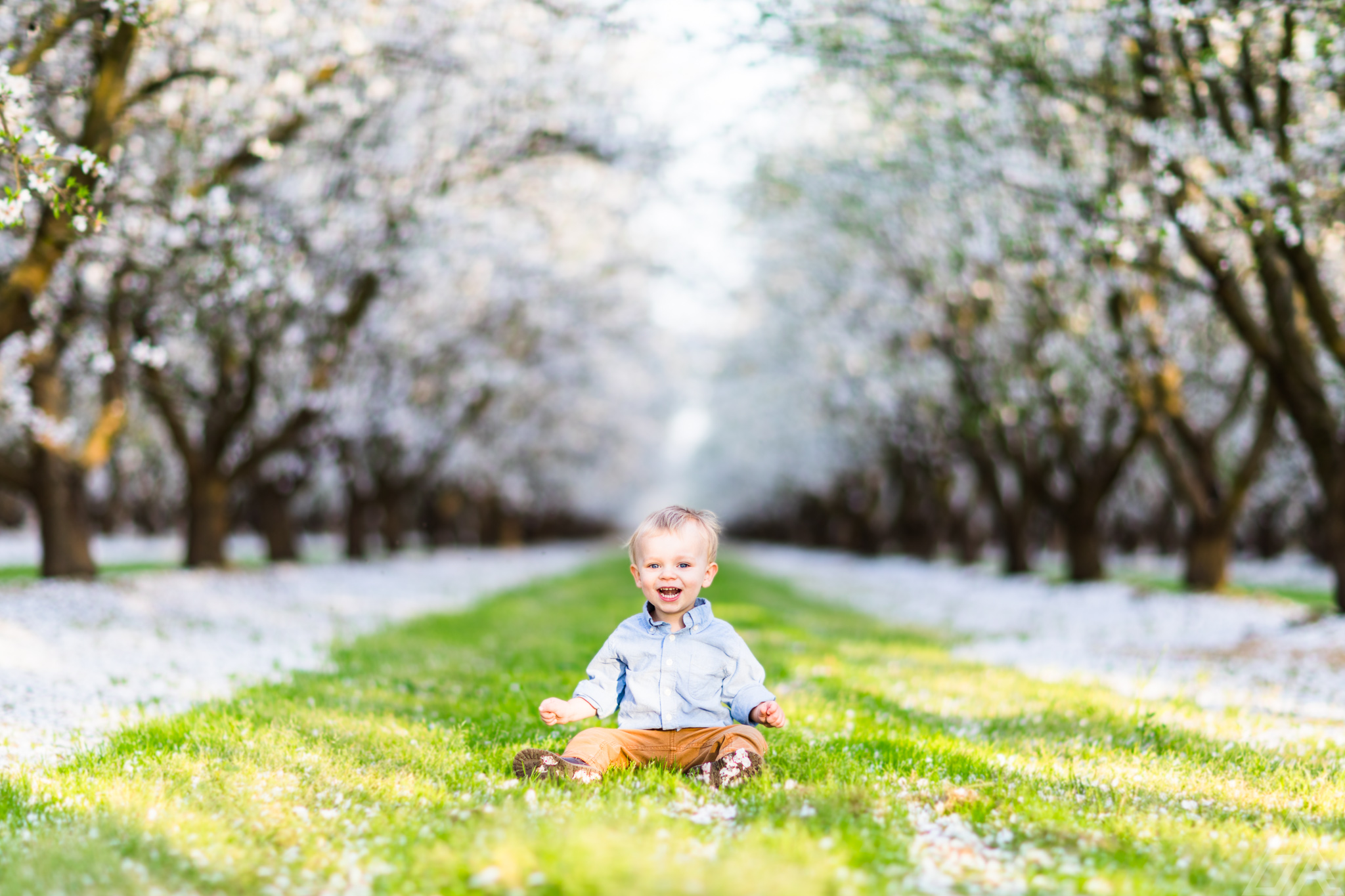
5Ds and 85L II
The 5Ds/5D Mark III/5D Mark IV form factor is way better.
This is also another instance of you only liking what you know. Give it some time and I don’t think that Sony form factor will be a big deal to you. Yes it is smaller. If you have enormous hands it may in fact be a bigger deal. I have normal sized hands, and both systems feel fine to me.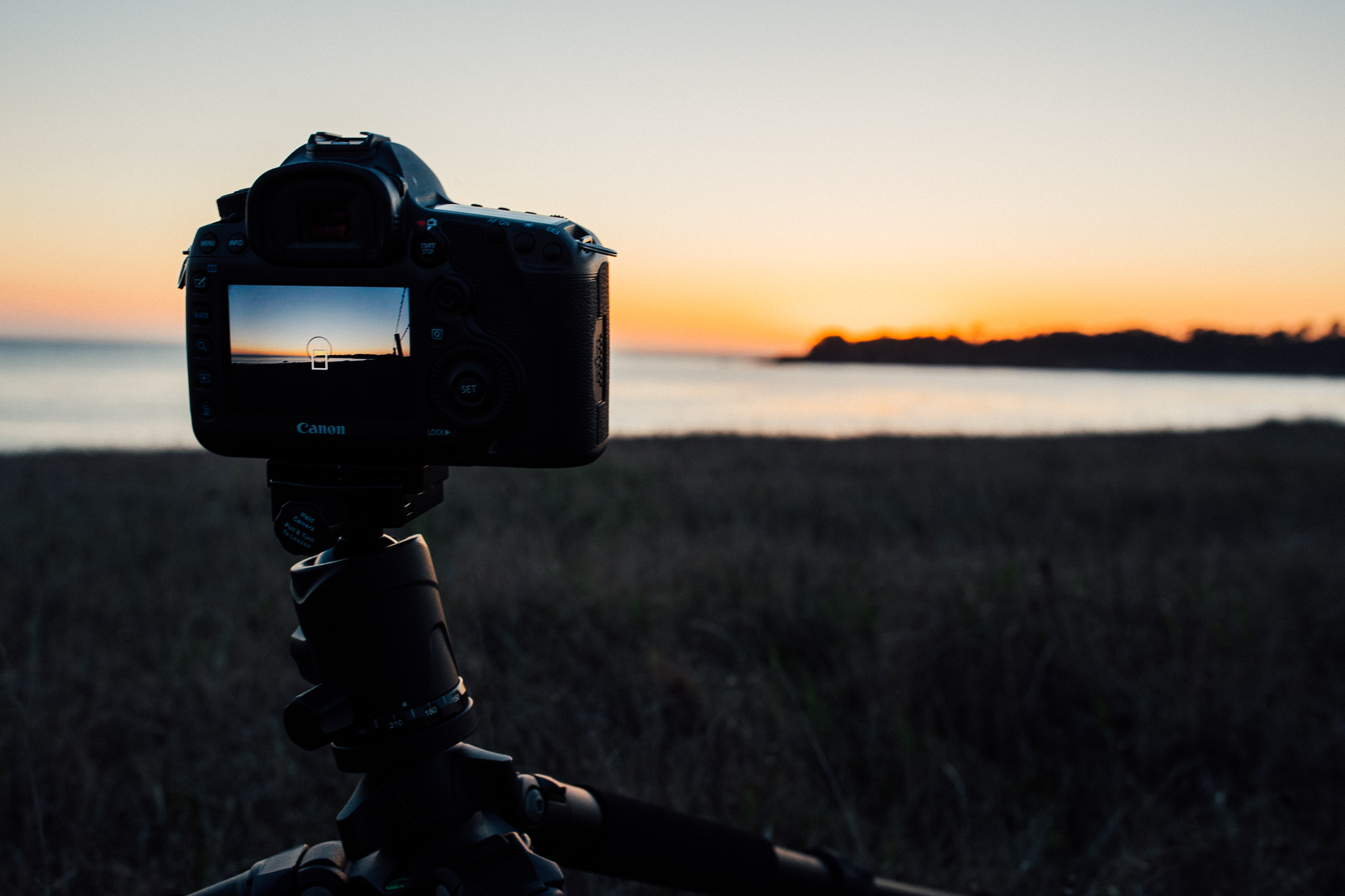
That classic 5D form factor.
Canon has many lenses that are less expensive, so the overall cost of a Canon system is cheaper.
That is true. I can’t argue that point. Let me offer a counter point to that though. In order to resolve as much data as possible out of a high megapixel sensor, one needs great lenses. Do you want to purchase the Canon 5Ds and put the non-L 85mm 1.8 on it? If that’s the case, you’re wasting that sensor. With either sensor, good glass is a must, and that glass comes at a price.
Trust me, I’m not a Sony shill, but did you notice that I had a counter point for every argument that was made for the 5Ds? I still shoot Canon most days, but the high megapixel bodies just can’t stack up if those are the arguments that are being made. Next are some seeming advantages of the A7RII. I’ll do my best to provide an honest counter point in favor of the 5Ds here as well.
The 5Ds has much better battery life.
This point is harped on by so many people. For my uses though, it’s not really an issue. I mean, come on, just swap out the battery. The 5Ds also sees diminished battery life though compared the 5D Mark III and IV.
Seeming advantages of the Sony A7RII
5-axis image stabilization is a game changer, especially compared to the 5Ds.
This is one of the biggest arguments for the Sony A7RII over the Canon 5Ds, and one of the biggest reasons I sold the 5Ds. Let me elaborate. When shooting with the 5Ds in conjunction with a non-stabilized lens like the 85mm f/1.2L II, faster shutter speeds were needed, even for non-moving subjects. Because of the enormous megapixel count, if any shake occurred, image blur became more noticeable. This effectively made images just as sharp as those on a 5D Mark III. In order to get sharper images, I would have to bump the shutter speed, and sometimes that meant also bumping the ISO. This relationship quickly became a pain, as the ISO bump showed noise quickly in the 5Ds. When using the A7RII, if the subject isn’t moving, I can achieve much sharper results with slow shutter speeds because of the 5-axis IBIS. This results in cleaner images with less noise. When faster shutter speeds are needed, the ISO bump does not result in as much noise gain as it would in the 5Ds and 5DsR. The same 85mm f/1.2L II that was shot on the 5Ds, this time shot on the A7RII, will be able to be shot with shutter speeds much slower because of the IBIS. It’s a game changer. If Canon implemented this technology in their DSLR’s, they would retain more shooters.
The A7RII has wildly better dynamic range than the 5Ds
When I say that, I really mean it. When editing files made with the A7RII compared to the 5Ds, the difference in latitude in dynamic range is astonishing. Shadows can be raised without grain, and highlights can be easily recovered. As a landscape and portrait camera, this can be a game changer for some photographers. In video, s-log also allows for a wild amount of dynamic range. The 5Ds in my experience, looks to be about 2 stops less in the dynamic range department. In a studio, that won’t matter, but in a landscape or backlit portrait, it really makes sense to get the A7RII.
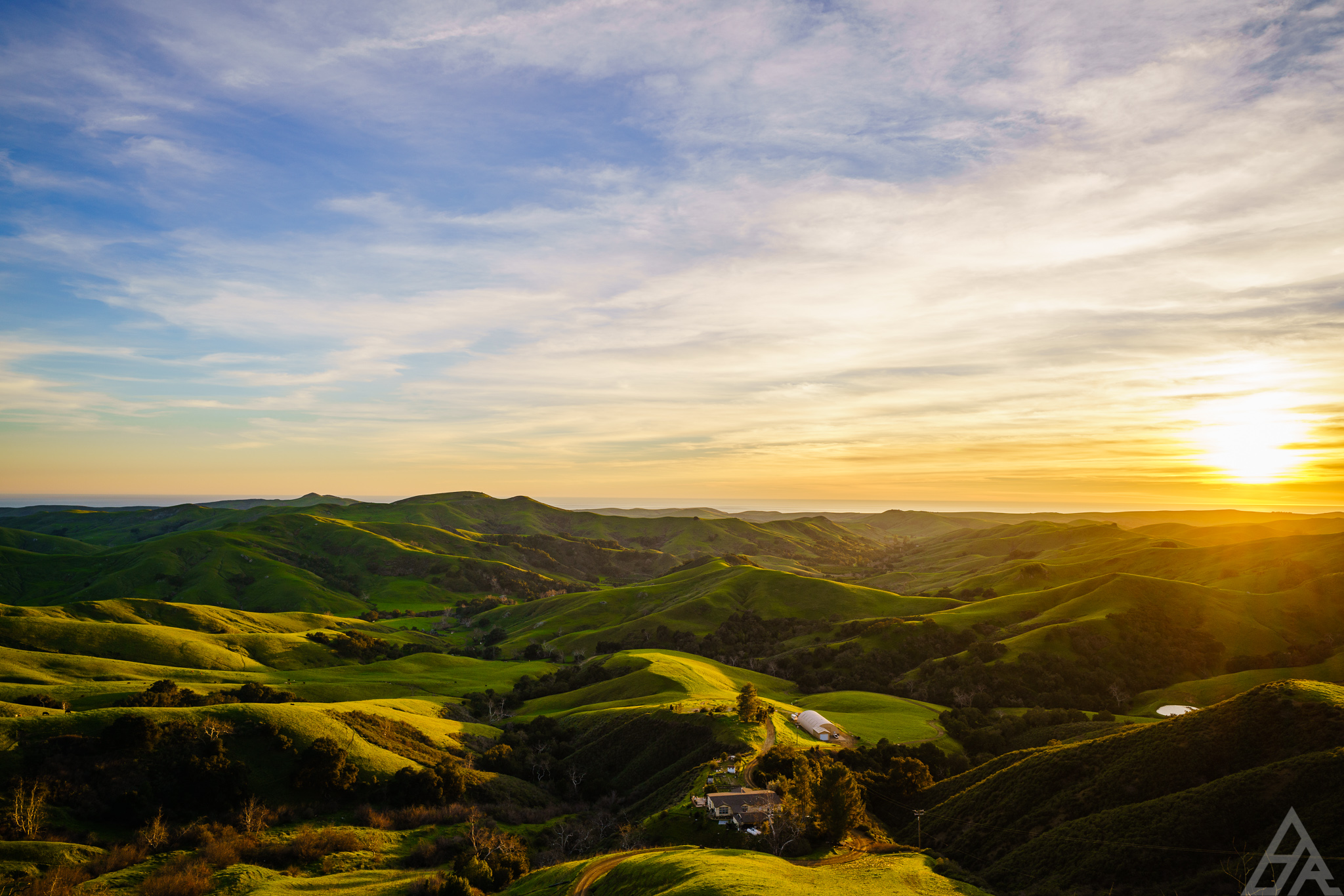
Shot handheld with the A7RII and Zeiss Batis 25mm f/2. Check out that dynamic range!
The A7RII has significantly less noise, even at higher ISO’s.
This is just plain true. The backlit sensor of the A7RII is a thing of beauty. If you haven’t used it, you don’t know. However after using it or a while, you’ll fall in love. The lack of noise at ISO’s like 3200 and 6400 are astonishing. The 5Ds would be unusable at those high ISO’s.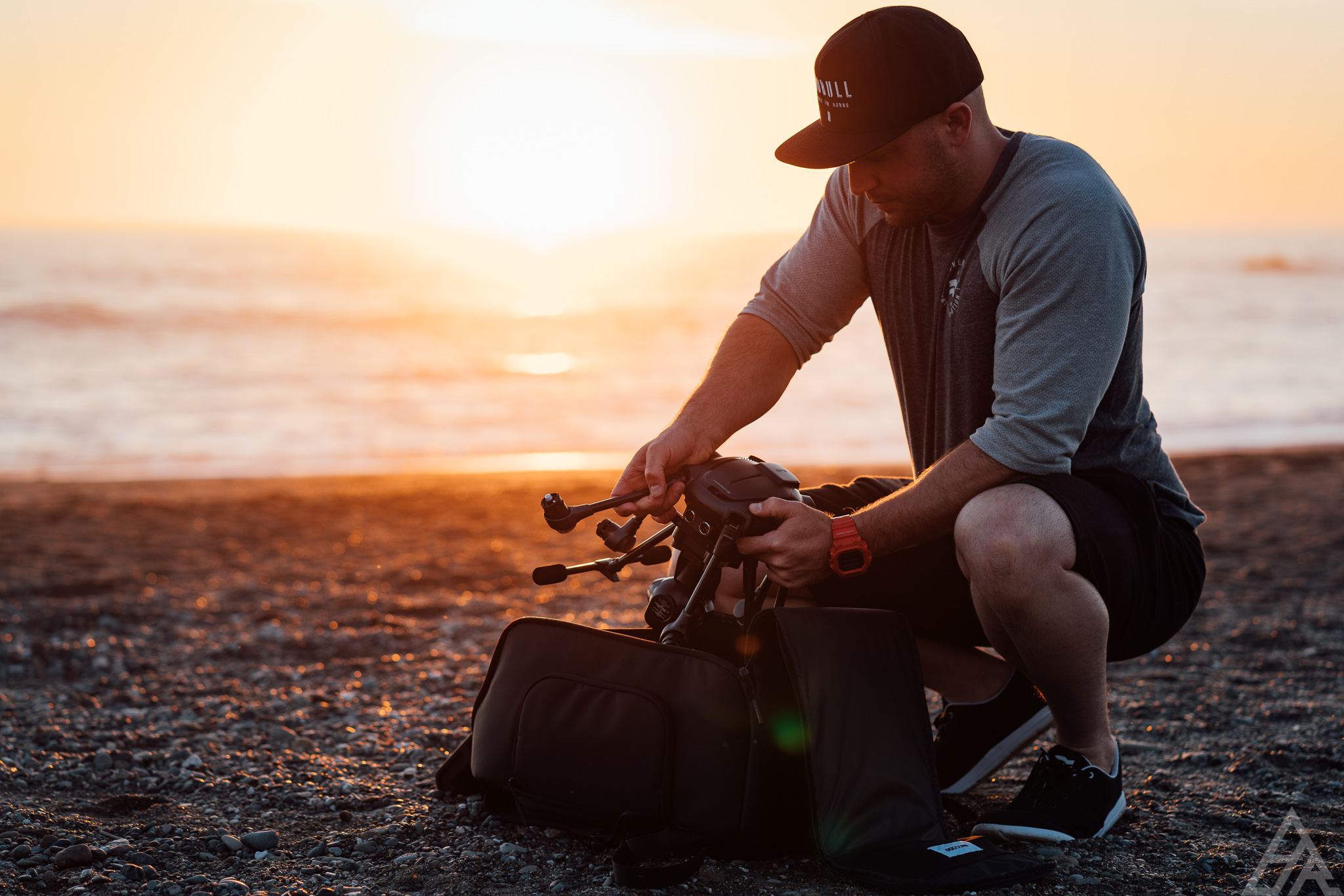
The lack of an AA filter gets the most out of your lenses.
Yes, I purchased the 5Ds, and handicapped myself with regard to this issue. The lack of an AA filter really increases sharpness though, and it is noticeable. I’ve not come across moiré, the main reason for my not getting the 5DsR. When shooting video though, it can be more of an issue, but we’ll get to video.
Sony’s video specs and features crush the Canon 5Ds.
Between these two cameras, no argument can be made. It’s night and day. I’m giving up relatively little in the imaging department, and gaining a world of video features. 4K, video assist features, crop mode, s-log, etc. Sony puts an astonishing amount of video features into their cameras. For “hybrid shooters” like myself, using Sony is a no-brainer.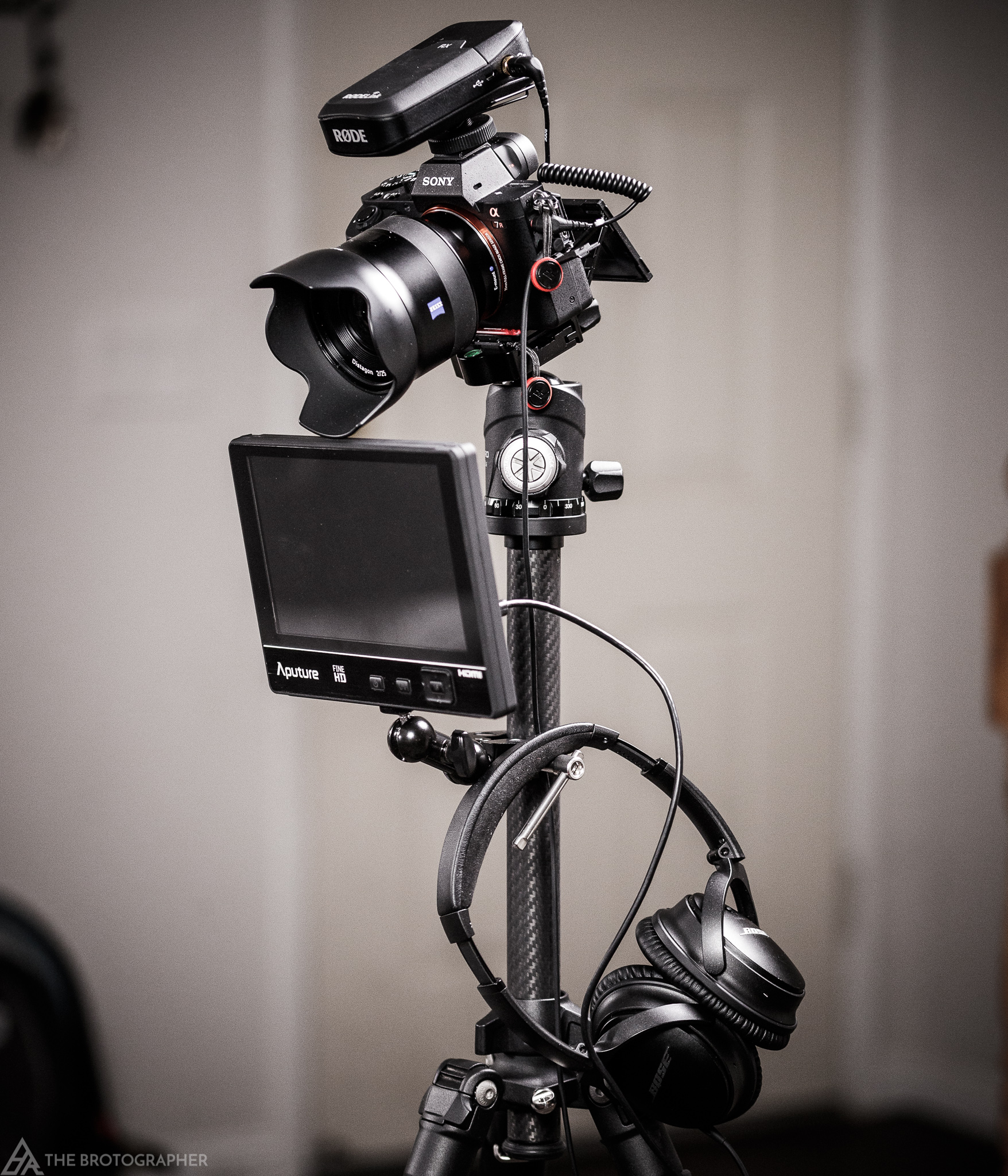
The A7RII is a true hybrid camera
Sony’s short flange distance makes adapting lenses a breeze.
Because of the shorter distance between the sensor and the lens mount, pretty much any lens can be adapted to Sony cameras. It’s a feature that is wildly valuable, and while you do lose some autofocus performance, it is still worth it.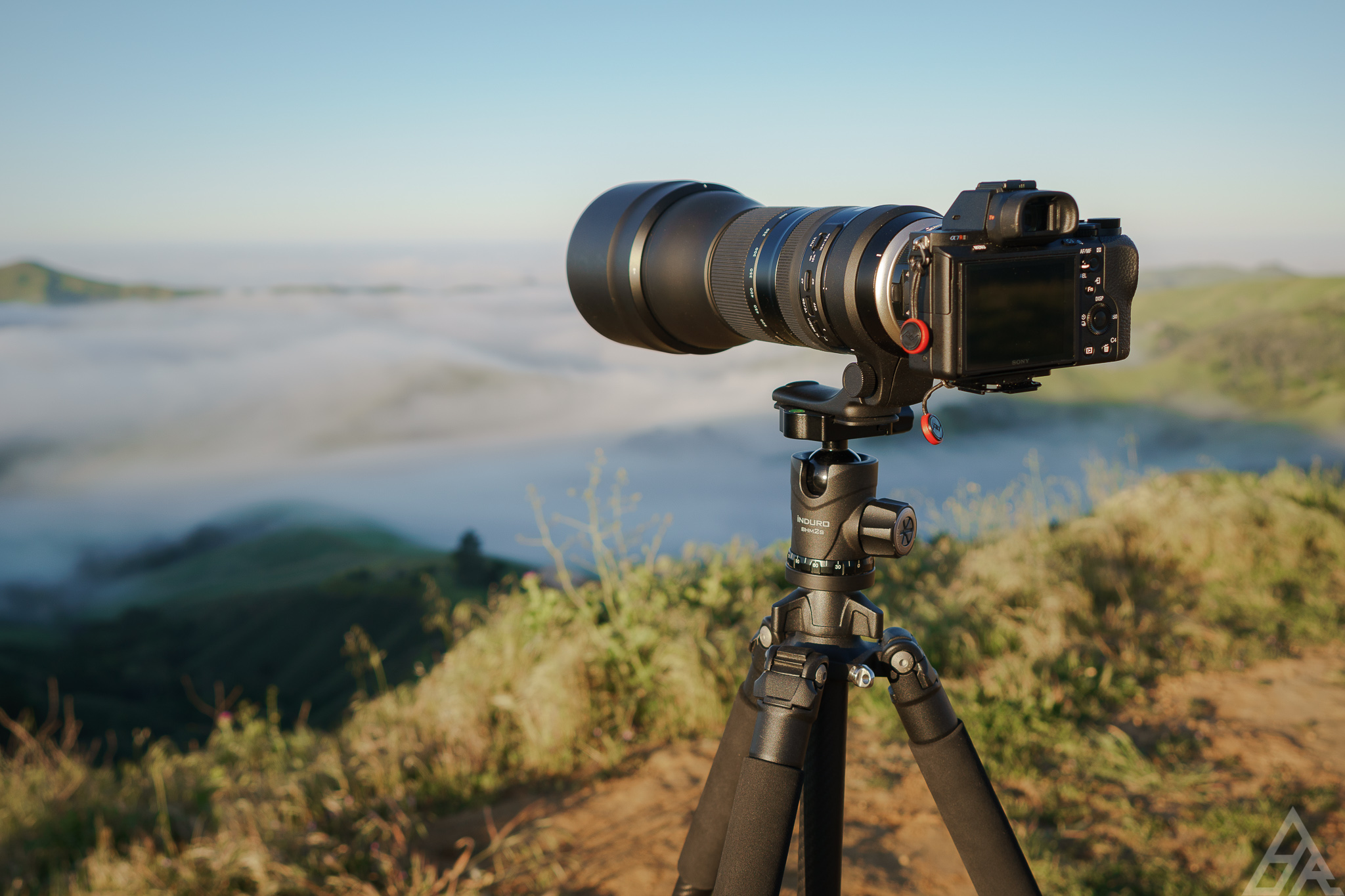
True adaptability with Sony cameras.
Autofocus in video.
As a one-man band for many videos, focusing manually would be impossible. While not perfect, the A7RII does have good AF while shooting video with native lenses. This allows for you to film yourself, or track a moving subject much more easily.
There are the reasons I chose the A7RII over the 5Ds. Yes, the 5Ds is an amazing camera, but for my needs the Sony A7RII was and still is a better fit. That may or may not be the case for you, and only you will know that. For me, it really came down to the fantastic still, and the fact that it shoots amazing video as well. Even with the new Sony A9 on the market, I think I’m going to be keeping the A7RII.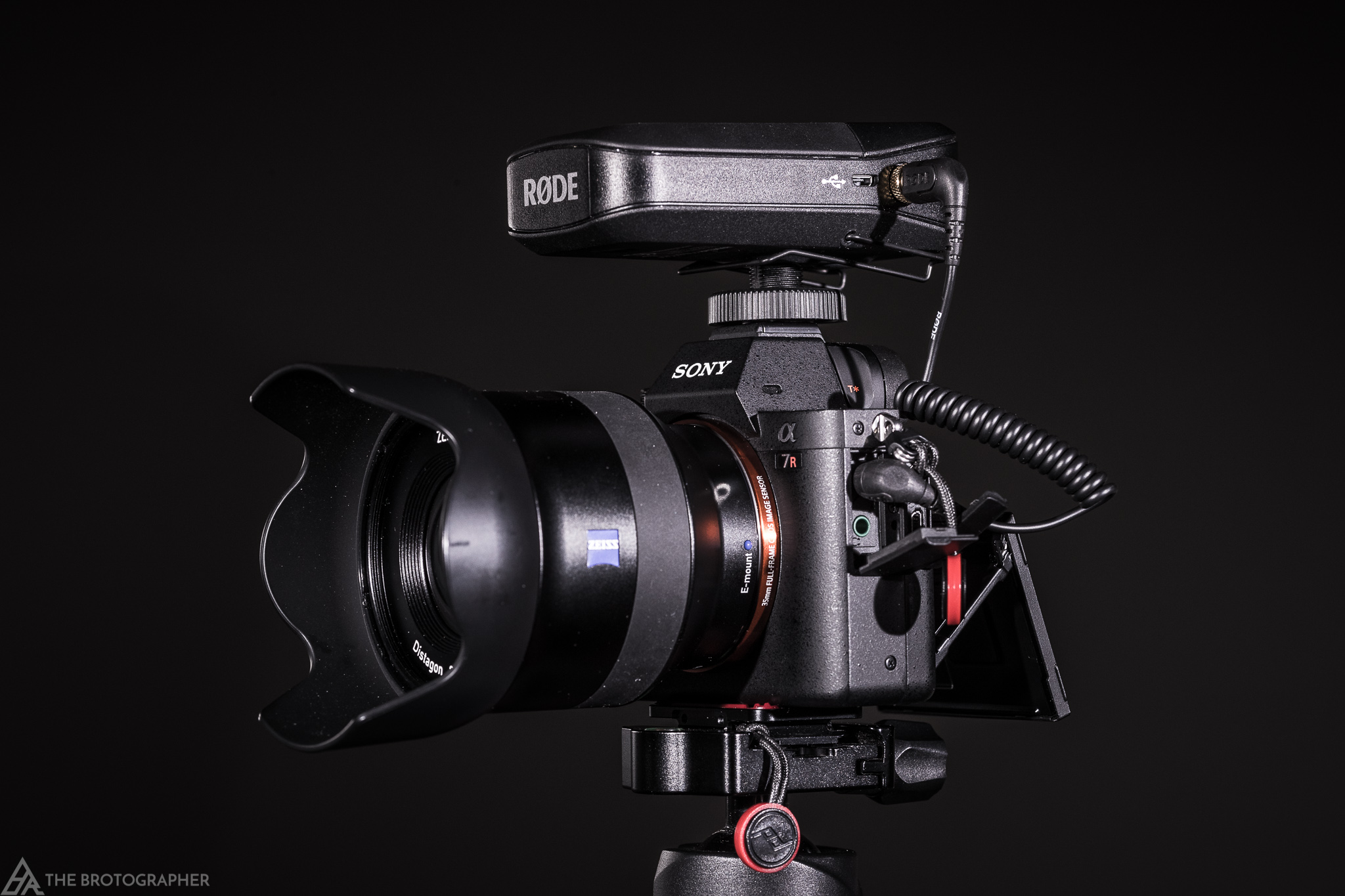
I could go on with small points, but these arguments are why I sold my Canon 5Ds and purchased the Sony A7RII. (I picked up mine used from Camera West in Walnut Creek, California. If you’re in the area check out their store, especially if you are into Leica.) You might say, well you still need lenses for the A7RII. Yes, that is true. Sell a few of your Canon lenses. You know the ones I’m talking about. The ones that stay in your bag. Sell some extra gear. It’s worth it. If you’re a portrait or landscape shooter, you’ll thank me. With either camera though, your computer won’t be as grateful. The files coming out of each camera are very large, so be prepared for that.
If this article helped you, let me know. If you disagree, let me know as well. Shoot me an email or leave a comment below. These opinions are subjective, and we all have our own feelings and thoughts about the points I made. My points are just that, mine. As always, thank you for sticking around and reading the ramblings of The Brotographer. I appreciate your support.
You can order each camera below. Doing so with my links gives me a kickback of a few pennies off of every dollar. Every little bit helps.
Sony A7RII – AMAZON LINK
Canon 5Ds – AMAZON LINK

